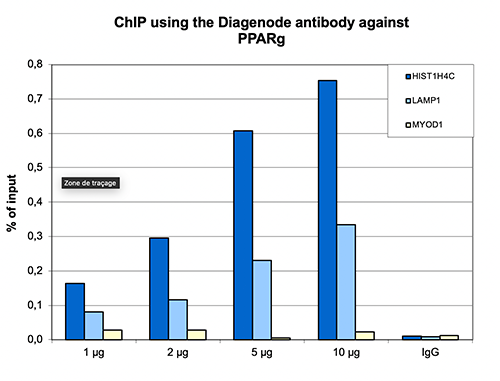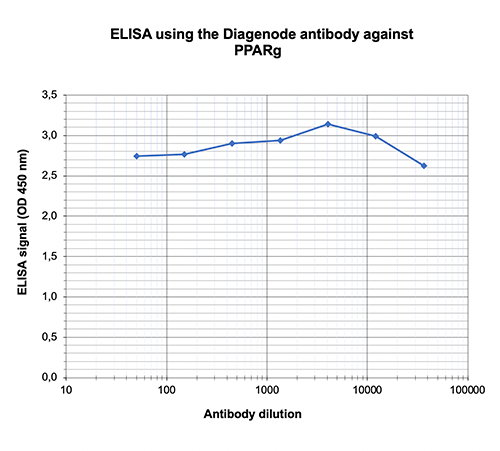PPARG (UniProtKB/Swiss-Prot entry P37231) is a nuclear hormone receptor which binds peroxisome proliferators such as hypolipidemic drugs and fatty acids. Like many other nuclear hormone receptors, PPARG forms a heterodimer with the retinoid X receptor (RXR) leading to transcriptional regulation of various genes including acyl-CoA oxidase and cytochrome P450 A6. PPARG has been implicated in adipocyte differentiation and glucose homeostasis and in various diseases such as obesity, diabetes, atherosclerosis and cancer.







